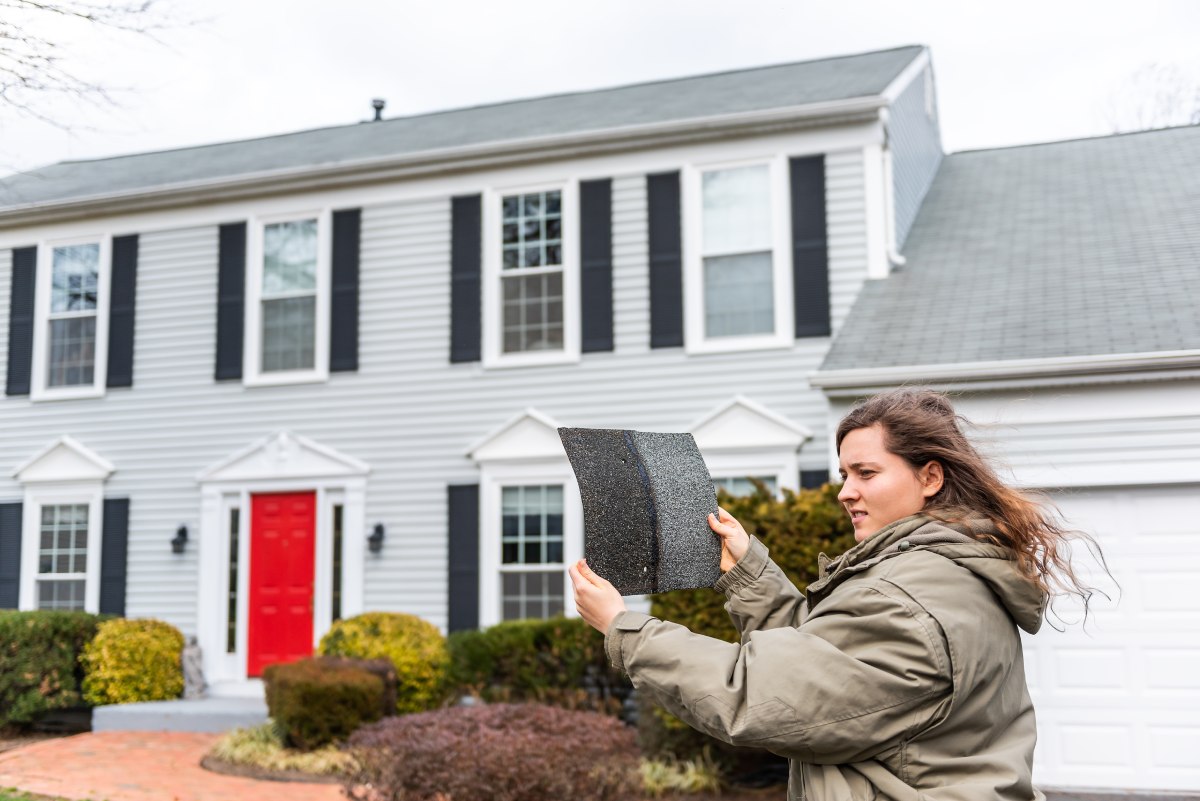Matching in Ohio
When an insured item or home is damaged by severe weather, Ohio regulations require insurance companies to match the existing materials to ensure a “reasonably comparable appearance.” But what constitutes a reasonably comparable appearance? Read on for one example of an Ohio court ruling that dealt with this exact issue.
What Is the Ohio Matching Law for Insurance Claims?
Ohio Admin. Code 3901-1-54(I)(1)(b) requires that, when an insurance company replaces damaged items that might not match the existing items on the property, they must replace enough of the item to ensure a “reasonably comparable appearance.”
A good example is damage to a roof: It’s common that wind or other severe weather can damage a portion of a roof to where it must be repaired. But it is also common that the exact same roofing materials are no longer available, and thus any repairs to the roof would result in a mismatch between new and old materials. The question is, does that mismatch substantially lower the value of the home? And how do you prove that the mismatch isn’t “reasonably comparable” in appearance?
Does the Ohio Matching Law Apply to All Types of Property Damage?
The Ohio matching law, as defined in Ohio Admin. Code 3901-1-54(I)(1)(b), applies when an interior or exterior item of a residential building has sustained damage, but not complete destruction. This law may apply to various types of property damage, including damage to
- Roofs
- Siding
- Gutters
- Fences
- Interior finishes
However, the specific application of the law can depend on the nature and extent of the damage, as well as the specific language in your policy and any exclusions or limitations that may apply. If you’re uncertain what your current homeowners insurance policy covers, it’s always best to review it with an attorney.
Can You Sue Your Insurance Company in Ohio?
The short answer is yes: if you feel that the insurance company has operated in bad faith or has not done their due diligence, you can sue the company. You will likely need to provide evidence that any mismatch in materials results in lowering the value of the property, and the issue of whether matching of undamaged property is covered may come down to what constitutes a “reasonably comparable appearance.”
How Does “Reasonably Comparable Appearance” Factor into the Ohio Matching Law?
The “reasonably comparable appearance” standard is crucial to the Ohio matching law because it aims to ensure that policyholders aren’t left with mismatched repairs that detract from their property’s value, while also preventing insurers from being forced to perform unnecessary full replacements. However, since “reasonably comparable appearance” is a subjective standard about which policyholders and insurers can easily disagree, it falls on the policyholder to muster evidence in support of their objection, and it’s sometimes necessary to involve a third-party appraiser or mediator to reach a resolution.
A 2014 Sixth Circuit Court of Appeals case, Wright v. State Farm Fire & Casualty Company,1 demonstrates this. In this case, the Court upheld summary judgment in favor of an insurer and dismissed claims of bad faith, breach of contract, and misrepresentation, holding that Ohio Admin. Code 3901-1-54 did not require the insurer to cover the replacement of a roof, because the insureds failed to present evidence that the proposed roof repair would not result in a reasonably comparable appearance.
The insureds’ roof sustained wind damage to several wood shake roof tiles. They presented an affidavit from their expert (a roofer) that the roof required total replacement because the new wooden shake tiles would not match the existing tiles. The Sixth Circuit explained that “although unweathered shakes would not exactly match the color of the weathered shakes, unweathered replacement shakes [would] result in a reasonably comparable appearance” and “satisfy the requirements of the Administrative Code.” The court found summary judgment was appropriate because the insureds presented no evidence, beyond their opinion, of special circumstances that would require total replacement.
When the result was appealed, the Sixth Circuit Court of Appeals declined to extend the reasonably comparable appearance requirement in Ohio Admin. Code 3901-1-54(I)(1)(b) to full replacement of the roof, absent evidence of special circumstances with that particular roof, because to hold otherwise would create an “extreme blanket rule” requiring full replacement of any damaged roof. An insured must put forth evidence, beyond his mere opinion, that the proposed replacement materials would not result in a “reasonably comparable appearance.”2
The courts continue to rule on such issues today; we recently learned of another case that deals specifically with matching for appearance purposes, and it has not yet been resolved.
What Is the Bad Faith Insurance Law in Ohio?
Ohio law requires insurance companies to act in good faith when handling claims from their policyholders: they must deal with your claim promptly and fairly. A key Ohio Supreme Court case, Zoppo v. Homestead Insurance Company (1994), established the test for bad faith. An insurer acts in bad faith if their refusal to pay a claim is not based on a reasonable justification; for example, if they deny a valid claim without proper investigation or offer a payout that is significantly lower than the value of the claim.
Further Resources on Insurance Coverage Law
Navigating the complexities of insurance claims can feel overwhelming. Whether you’re facing unpaid claims or simply filing for the first time, our eBooks equip you with the crucial information you need to advocate for yourself with confidence.
- Filing A Property Insurance Claim
- Insurance Company Response Time
- What To Do When You Have a Denied/Underpaid Claim
- Wildfire Claims
- Flood Claims Handbook
- More Information on Hurricane Deductible and Policy Limits
- Condominium Hurricane Preparedness
Why Merlin?
Are you fighting an insurance company that won’t pay up on claims? With nearly 40 years of practice and $2 billion in recovered claims, our team stands by your side to ensure you can face any insurance challenge with confidence. Contact us today for a consultation, or read more about how we’re your trusted advocate.
—
1 Wright v. State Farm Fire & Cas. Co., 555 F. Appx. 575, 579 (6th Cir. 2014).
2 Id.; See also, Zinser v. Auto-Owners Ins. Co., 2017 Ohio 5668, 2017 WL 2838393 (Ohio App. July 3, 2017).



